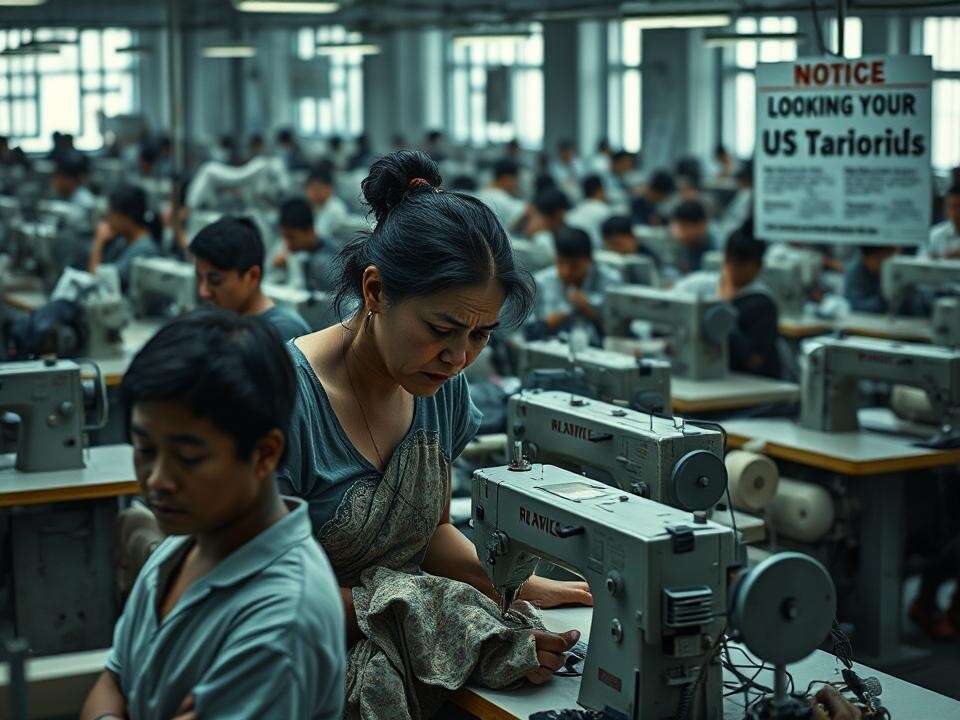
As the garment industry in India gears up for its peak production season, a cloud of uncertainty looms over factories, primarily due to the impact of 50% tariffs imposed by the United States. This period, which typically marks the ramping up of production for the spring season, has seen a stark decline in fresh orders, leaving many garment units operating under capacity, The Times of India reported on August 28.
The rush to fulfil orders ahead of the tariff implementation has now resulted in a significant decline in activity, with many workers, particularly those on the lower rungs of the employment ladder, feeling the brunt of this economic shift, ToI’s report (by Ashni Dhaor said).
For unskilled workers who usually depend on seasonal jobs in the garment sector, this has been an especially challenging year. “I had to get a construction job,” Bharat Prajapati, one such worker, explained to ToI, reflecting the grim reality faced by many workers during what should be a bustling time.
The months of May to September are typically filled with opportunities for unskilled labourers, but this year has proven to be an exception.
Inside the factories, the atmosphere has shifted dramatically. While machinery continues to hum with activity for non-US orders, the urgency that usually characterises this bustling period is noticeably absent.
Stitchers like Poonam Yadav have observed the change first-hand. Fabric has come but the manager is going slow with stitching work, she told ToI. The usual pressure to produce a certain number of pieces each day has relaxed, with the expectation now set at five, a clear indicator that something is amiss.
The confusion surrounding the US tariffs and their ramifications is palpable among the workforce. Just weeks ago, many were working overtime in a bid to dispatch shipments before the tariffs took effect, leading to a belief that this season might bring unexpected gains. Instead, a slowdown has materialised over the past ten days, leaving many workers in a state of disquiet.
Conversations during lunchtime at a unit in Sector 4 have turned into speculation about job security. Gyanesh Kumar, a worker, shared concerns about a potential list of low-output performers being compiled for impending layoffs due to the decisions made by the US administration.
Dharmendra Nagar, a labour contractor, echoed these worries, stating that new hiring is on hold, and existing staff may not be retained if the tariff situation persists.
The economic ripple effect is evident, as many families, where both partners work in garment factories, now face uncertainty about their financial future.
Tikaram, a manager at an export firm in Sector 59, highlighted a shift in hiring practices. “During peak season, around 30-40 extra skilled labour are usually hired, but not this time,” he said, underscoring the tightening of budgets as companies strive to protect their margins.
In response to growing anxiety among workers, HR managers have been instructed to quell rumours of layoffs and maintain morale.
“We have been told talks are on with the government and a solution will come soon,” one HR manager told the newspaper.
However, as the days go by and the situation remains unresolved, the confidence of workers continues to wane.







